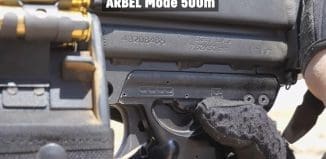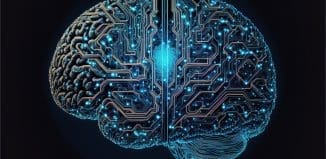Will Robots Be Able to Self-Assess Their Performance?
This post is also available in:  עברית (Hebrew)
עברית (Hebrew)
Robots are ill-equipped to predict how well they can perform a task, or to sense if a task is going well, or even to know whether they did a good job once a task is completed. The US Office of Naval Research has been sponsoring a multi-university research to impart robots and other autonomous systems with the ability of self-assessment.
People use a number of tactics to judge whether or how well they can do something, whether it is throwing a baseball, turning a valve or drilling a hole in a wall. As robots become increasingly autonomous, they will need this ability, as well, said Aaron Steinfeld, associate research professor in Carnegie Mellon University’s Robotics Institute.
Researchers from Carnegie Mellon, Brigham Young University, Tufts University and the University of Massachusetts Lowell have joined together in a five-year, $7.5 million Multidisciplinary University Research Initiative program, to develop methods and metrics for machine self-assessment.
This self-assessment could be as simple as a robot being able to detect whether a task was completed satisfactorily, or could include prediction and evaluation of proficiency. In some cases, it might include a robot providing an explanation to a human about its performance, according to eurekalert.org.
“You’d like the robot to be able to explain why it can or why it can’t do a task,” Steinfeld said, such as a self-driving car telling its occupants why it can’t drop them off at their requested destination. Identifying a lack of knowledge, dexterity, or strength could enable a robot to work more efficiently with human partners.
Researchers will test self-assessment approaches using dexterous search tasks for robots, such as maneuvering limbs to investigate obscured items, manipulating objects to reveal contents and adversarial manipulation. Such search tasks can be readily scaled up to applications such as robots deployed for emergency repairs, micro-drone swarms sent to map buildings, and urban search and rescue, she added.





























